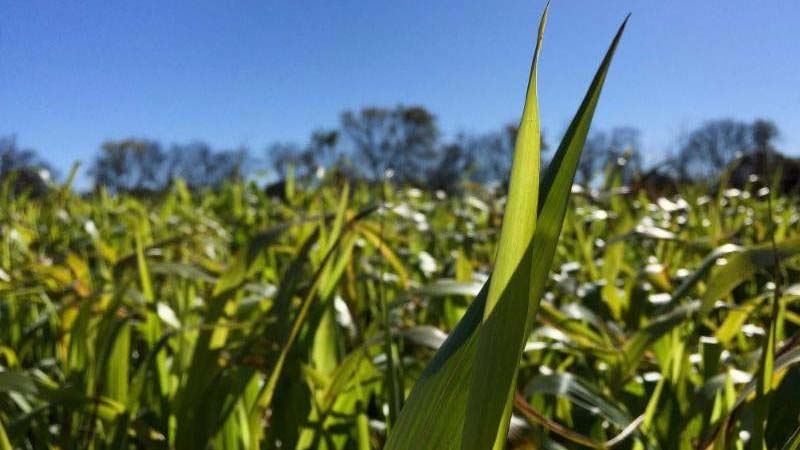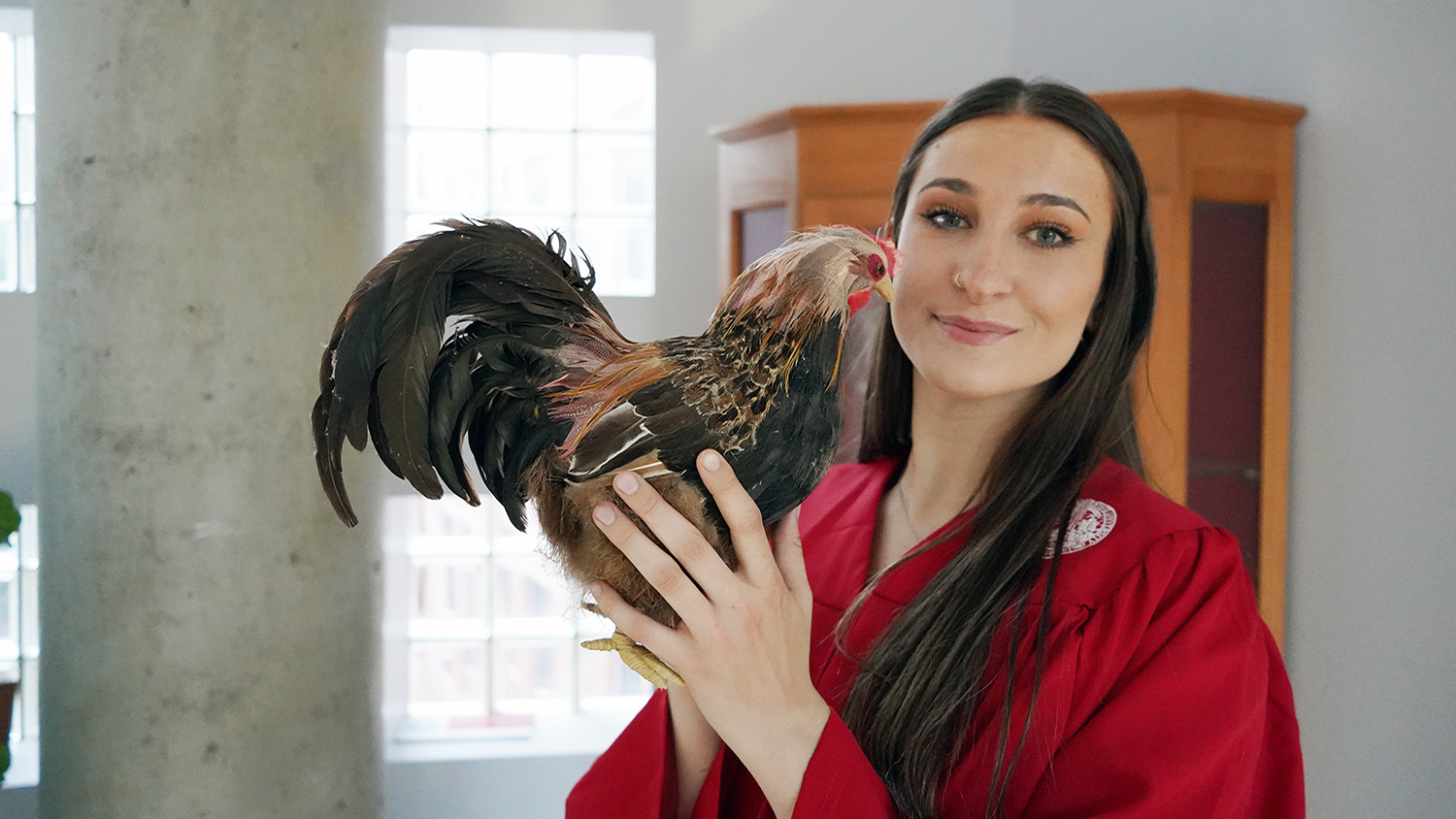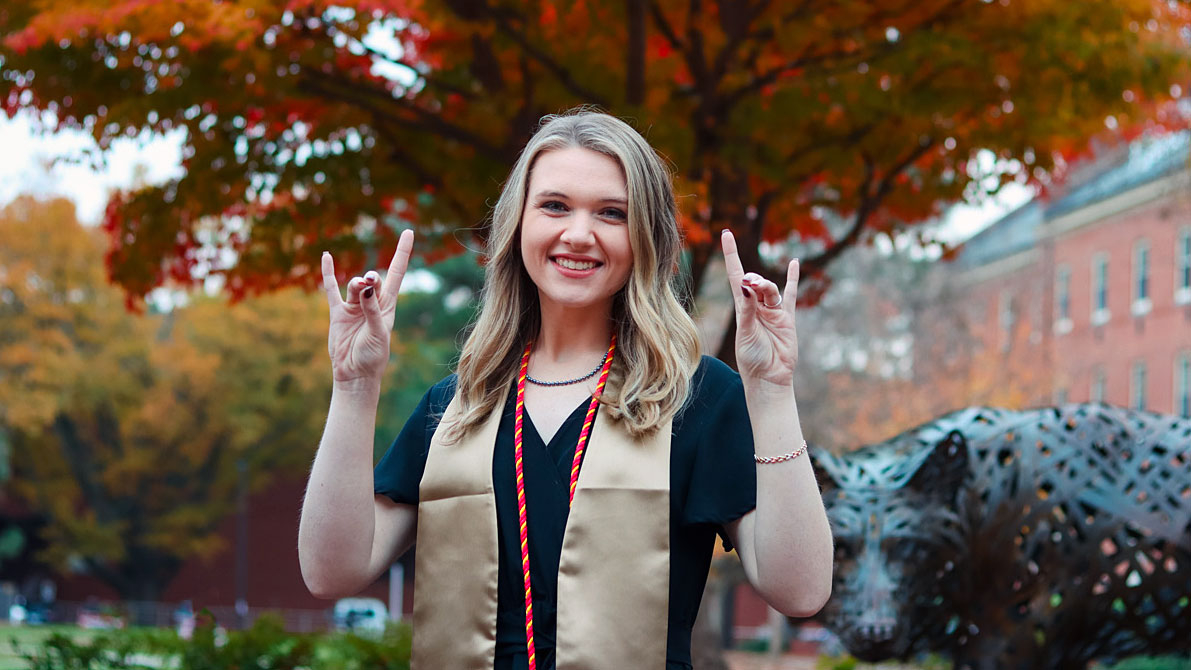Project Aims for New and Better Cover Crops

Scientists from NC State University are joining with others across the country to promote soil health by developing and helping farmers adopt new cover crops.
Made possible by a $2.2 million grant from Foundation for Food and Agriculture Research, the new $6.6 million research initiative aims “to get new cover crop solutions into the hands of those who use them or will be using them,” according to Twain Butler, a research agronomist with the Samuel Roberts Noble Foundation who is leading the project.
In addition to scientists with the Noble Foundation and from land-grant universities like NC State, the project will involve representatives from the seed industry, the U.S. Department of Agriculture’s Agricultural Research Service and Natural Resources Conservation Service and network of producers.
Researchers will use advanced breeding techniques – ones that have traditionally been limited to high-value row crops – to bring new and value-added characteristics to cover crops.
For example, in North Carolina, Dr. Chris Reberg-Horton of NC State will be considering ways to breed crops for such traits as allelopathy, the process by which a plant produces biochemicals that influence the growth, survival and reproduction of other plants.
The project will test three types of cover crops: small grains, such as wheat, rye, oat and triticale; annual legumes such as hairy vetch, winter peas and clovers; and brassicas, or turnips, radishes, kale and mustards.
As scientists develop new breeding lines, regional collaborators will evaluate their performance at five strategic sites throughout the country. In the southeast, the research will take place in North Carolina. Other sites are Maryland for the northeast, Oklahoma for the southern plains, Nebraska for the northern plains, and Missouri for the Midwest.
Butler said scientists will screen each species and variety for its effectiveness, its role with other crop mixes and its range of adaptation. “These sites will also illustrate the use and effectiveness of cover crops for the purpose of sharing our findings with regional agricultural producers,” he said.
Reberg-Horton, an associate professor with NC State’s Department of Crop and Soil Sciences and an organic cropping specialist with NC State Extension, explained that cover crops are plants that farmers, ranchers and landowners use to help manage soil erosion and fertility, preserve moisture and control weeds and diseases.
With cover crops used on 10 percent of the land in a typical year, North Carolina is a leading state for cover crop adoption, Reberg-Horton said. But much of what’s planted here was developed elsewhere and intended to be forage crops for cattle and other animals.
“What we need now is better cultivars for our region that are expressly bred to be cover crops,” he said.
The project aims to provide not just new varieties but also new opportunities for farmers. Their participation will be key, he said. Initial trials will be on research stations, but as new breeding lines are developed, they will be tested on farms so that farmers can advise the researchers on which lines they prefer.
“I would love new cultivars, obviously, but more than that I would like farmers to be engaged with their development and seeing how much can be accomplished with the right material,” he said. “With some of these species, we could produce the seed here and provide more farmers an opportunity to be in the seed business.”
This post was originally published in College of Agriculture and Life Sciences News.


